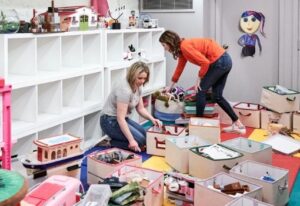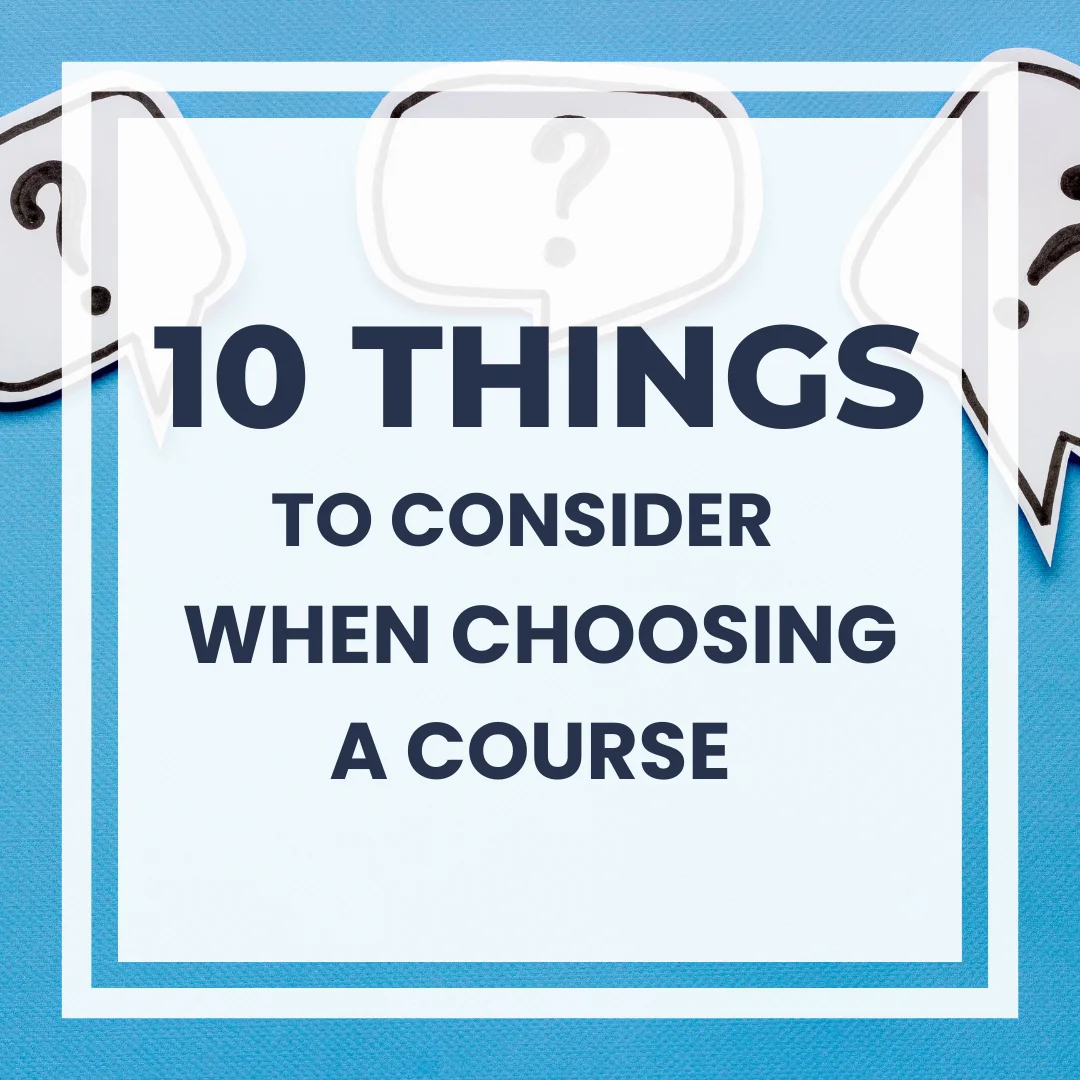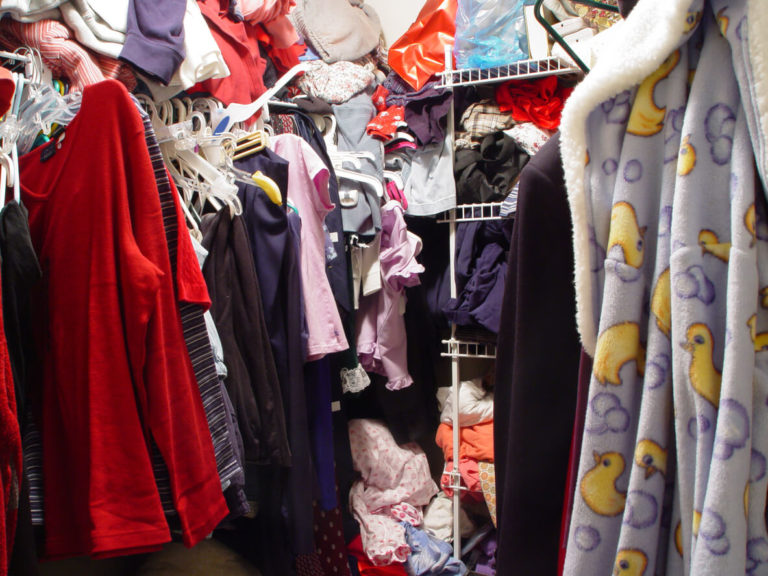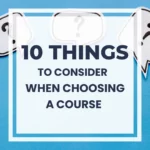Which of These Top 6 Decluttering Methods is Right For You?
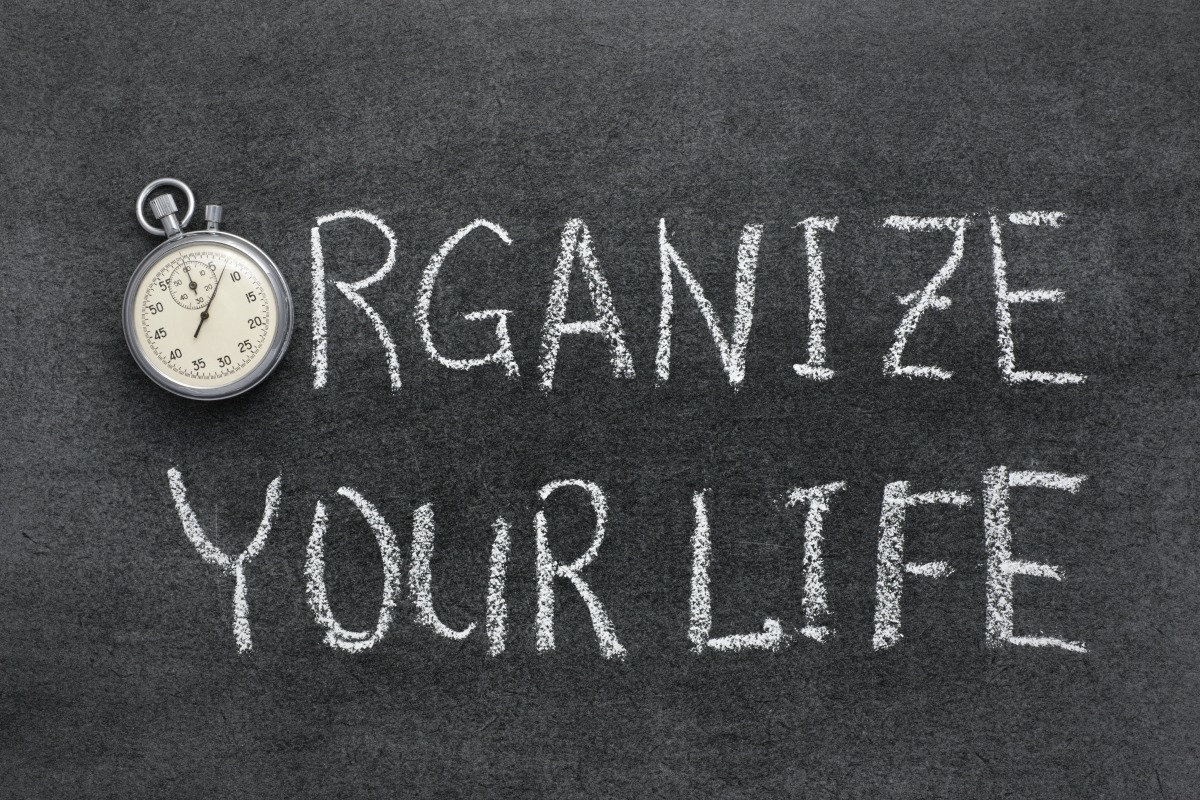
Clutter has become synonymous with stress and anxiety. This clutter may not seem serious. After all, it doesn’t prevent you from walking through your bedroom or prepping dinner. So, what’s the big deal?
The issue with these mounds of items strewn throughout our homes is that they create excessive visual stimuli, affecting us on a subconscious level and making us feel stressed. It also signals to our brains that our work is never done and creates guilt, anxiety, and the feeling of being overwhelmed.
Having a desire to declutter and knowing where to begin are two very different things. After all, choosing which decluttering method to use can be as overwhelming as the mess in your home. So, how do you start?
Determining which method will work for you depends on the answers to four questions:
- How much time do you have to devote to decluttering
- What type of personality do you have?
- How much clutter do you actually own?
- How much extra space do you have for processing the clutter
The first step in your journey to an organized home is to choose which decluttering method works for you.
The Konmari Method
The Konmari Method, created by Marie Kondo, involves choosing one category of belongings and collecting it into a pile. For example, gather all of your shoes from their various hiding places and pile them in one spot. As you pick up each pair, think about what these shoes mean to you. Do they still bring you joy? If so, put them in a keep pile. If not, thank them for their service and put them in a discard or donate pile.
Although this method can be overwhelming, it creates awareness of just how much you own, and may make you think twice before purchasing anything new.
The Minimalist Game
The Minimalist Game might be for you if you want to make decluttering fun.
Starting on the first day of a new month, get rid of one piece of clutter. On the second day, two pieces, and so on. By the end of a 31-day month, you will have discarded or donated almost 500 pieces of clutter.
While this method allows for baby steps and builds confidence in decision-making, it can be overwhelming by month’s end and doesn’t work if you’re away from home for several days.
The Mountain Method
The Mountain Method is similar to Konmari but focuses on one room at a time. Collect everything in the chosen room into one pile or mountain, then decide whether to keep, donate, or discard each item.
This method encourages tackling one room at a time and offers a great opportunity to clean while decluttering, although it can be overwhelming.
The One Method
The One Method encourages ridding your home of one thing per day. This could be one piece, one bag, or one box of clutter. It’s perfect for anyone who finds large projects overwhelming and helps build a habit of decluttering, incorporating it into daily chores, though it lacks a big-impact moment.
The 20 Minute Method
The 20 Minute Method is ideal for those who prefer minor projects. Set a timer for 20 minutes and tackle a specific pile or room. Once the time is up, you can stop for the day.
This method breaks big projects into smaller tasks, making it time-consuming but effective if done consistently.
The One Box Method
The One Box Method suits those preferring to donate their belongings. Place a box or basket at your front door and drop one piece of clutter in it every day. At the week’s end, donate the items.
This method motivates family members to participate and can organize an entire home with minimal disruption if consistent.
No decluttering method is ideal for everyone. In fact, your perfect method may be a combination of these options. If you can’t decide, another alternative is to consult a Certified Ultimate Professional Organizer™. They can implement proven methods to professionally organize your home or assist if you prefer to declutter yourself. The main goal is to start decluttering.
After all, owning less stuff means having more time for the most important aspects of our lives and even feeling more comfortable in our own home.
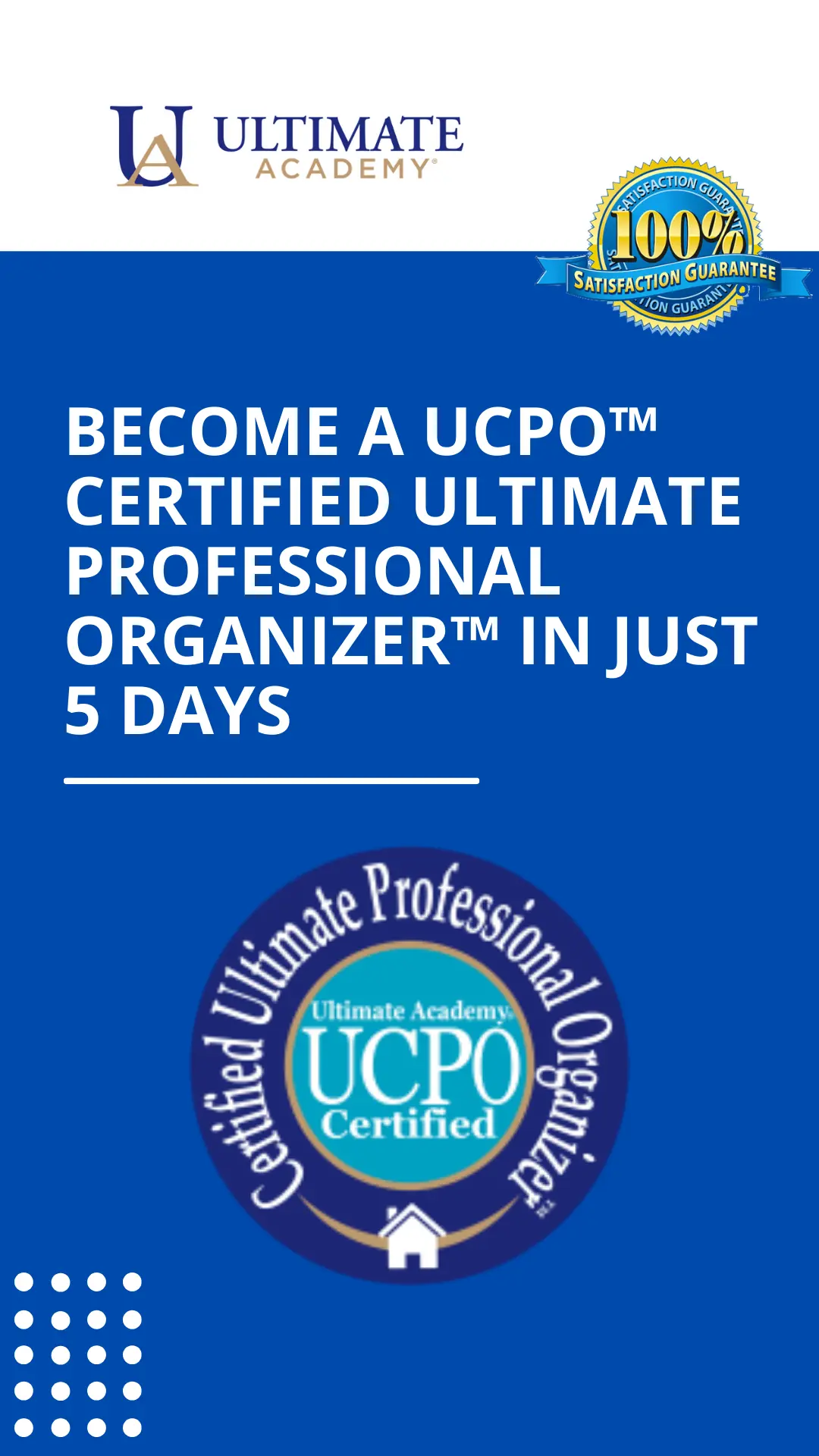
Learn About our Professional Organizing Certification
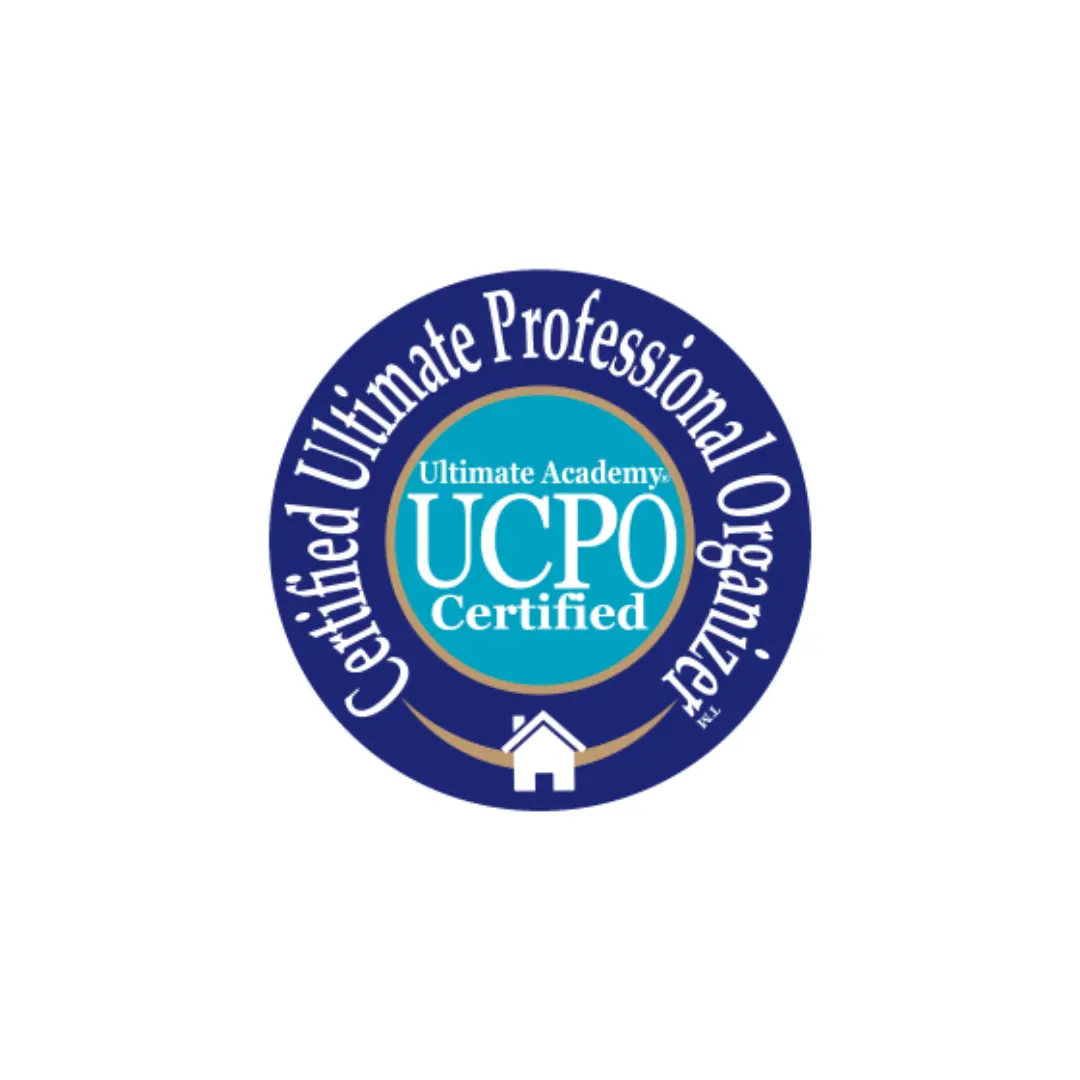
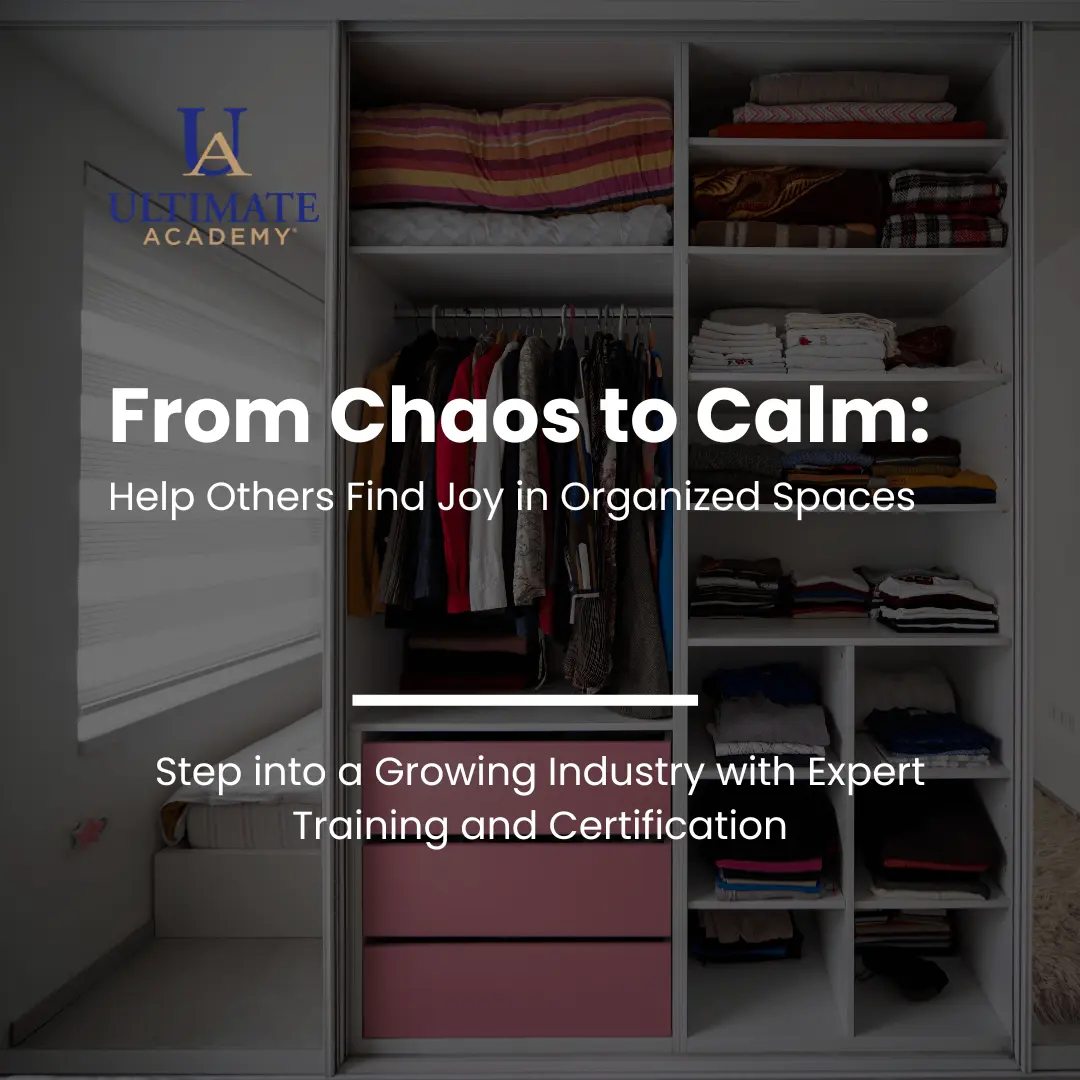
FAQs About Decluttering Methods
The 4 Box Method is a straightforward and effective approach to decluttering. It involves using four boxes or bins, each designated for a different category: Keep, Donate/Sell, Trash, and Store.
As you sort through your items, you place each one into the appropriate box.
This method is particularly helpful because it forces you to think critically about the function and emotional value of your possessions, leading to a more organized and clutter-free environment.
The 20/20 Rule, also known as the “Just-in-Case” rule, is a minimalist decluttering strategy that helps you deal with the common hesitation of discarding items due to fear that they might be needed in the future.
This rule suggests that if you can replace an item for less than $20 and in less than 20 minutes from your location, you should feel comfortable letting it go.
Applying this rule can significantly reduce the volume of rarely used items in your home and help you focus on keeping only those things that are truly useful or meaningful.
The 12/12/12 Rule adds a fun and challenging twist to decluttering. The goal is to find 12 items to throw away, 12 to donate, and 12 to be returned to their proper place.
By focusing on these three categories, you actively reduce waste, support those in need by donating usable items, and maintain order by organizing your belongings.
This method makes decluttering a more manageable and less daunting task, encouraging you to make quick decisions and see immediate results in your decluttering efforts.
The Tidy Toss Method focuses on rapid decision-making and immediate action. As you go through your items, you make quick decisions to either keep or toss them.
The emphasis is on the immediate removal of the items to be tossed, either through trash or donation, preventing second-guessing and clutter build-up. This method is great for those who want to see quick results in their decluttering efforts.
Helping someone else declutter can be a delicate task, requiring patience, empathy, and effective strategies. One approach is to gently guide them through the sorting process, using methods like the ones mentioned above.
Taking a professional organizing course, such as Ultimate Academy®’s Professional Organizing course, can equip you with the necessary skills and knowledge. This course is two-fold; the first part covers the theoretical and practical components of professional organizing, while the second part delves into the business, sales, and marketing aspects of being a professional organizer. This comprehensive training can prepare you to assist others in transforming their spaces effectively.
Starting the decluttering process can feel overwhelming, especially in a cluttered space.
Begin by setting small, achievable goals, such as focusing on one area or category at a time. Choose a method that resonates with you, whether it’s the 4 Box Method, 12/12/12 Rule, or another strategy that helps break down the task into manageable steps.
Allow yourself breaks and celebrate small victories to maintain motivation. Remember, decluttering doesn’t have to happen all at once; taking it step by step can lead to lasting change.




